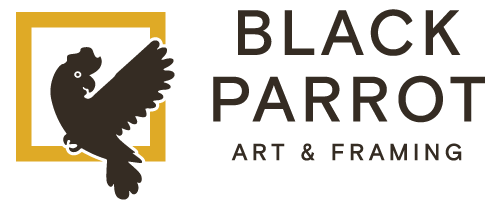Chuck Close at the MCA
Last week Prudy and I finally made it to the Chuck Close: Prints, Process & Collaboration exhibition at the MCA.
Chuck Close is one of America’s most important living artists. His work has always been about the way technologies shape visual experience and this show focuses on his use of a very wide variety of print techniques. Over the last 50 years Close seems to have tried every printmaking technique under the sun, mostly in collaboration with master printers who are specialists in traditional methods like woodcut, etching and screen printing. The MCA show highlights Close’s collaborative relationships with these printmakers.
Close is famous for his portraits, but he doesn’t depict faces so much as photographs of heads. He takes very neutral, straight-on photographs of expressionless faces and then meticulously re-creates and enlarges these photos in paint or as prints. Apparently Close has a neurological condition which means he can’t recognise faces in the usual way (not even his own!), and so his re-creation of photographs enables him to ‘see’ faces; especially the people he knows intimately.
The faces he paints look very different to the faces we experience in our day-to-day lives. They are blown-up to so much that they become alien; human skin has folds like an an elephant’s with giant pores and monstrous silver hairs. As Close learns tosee faces, he is also teaching us to see heads, in all their details.
The strangeness of Close’s work is partly the result of his combination of photography, painting and other media. Photography gives us a very different experience of the world to painting or unaided vision: it allows us to freeze an experience in time, and to fix something as mobile and changing as the face. It also allows us to zoom in until we seem to be inches away from a thousand tiny details, all in perfect focus. Close doesn’t just copy his photographs. He simplifies and modifies tones to highlight the hairs and texture of the skin, emphasising the shifts of focus and blurs.
Close’s Self Portrait in the form of an anamorphic woodcut is an impressive display of technique. As you can see below:
Close’s woodcut version of Emma (his daughter), printed by Yasu Shibata, is extraordinary. Most of us have probably tried to do a woodcut or a linocut in primary school. The principle is simple; it’s the same as a potato print. You just cut out the part that you want to be white and leave the flat part where you want to print. Unlike the one’s you did in primary school however, the woodcuts in this show have over 80 colours, which means over 80 or more different blocks of wood which all need to be carved individually in such a way that they line up and come together as an effective image. The print of Emma (below) is made up of 120 different blocks, printed one after the other!
Chuck Close: Prints, Process & Collaboration comes down in March, so try to see it. The entry charge is worth it just for the mezzotint print of Keith, from 1972. That’s my pick for the exhibition, but let us know your favourites! (Prudy’s was “Leslie” – an etching done using Close’s fingerprints!)




